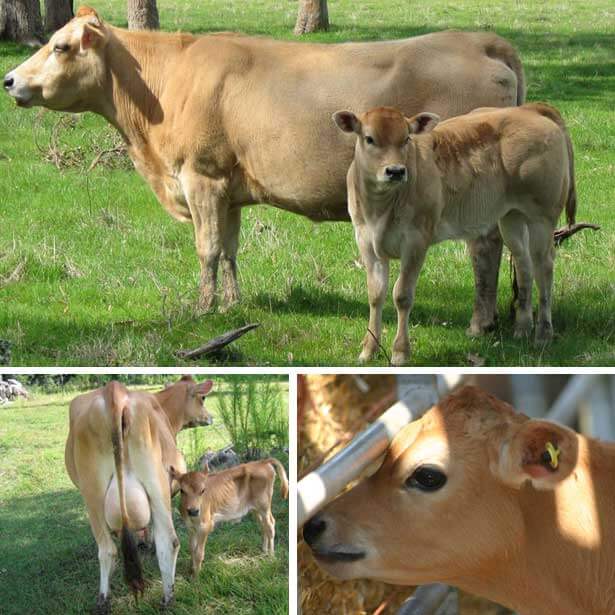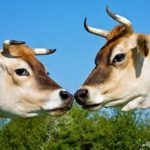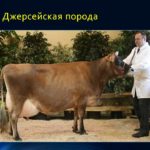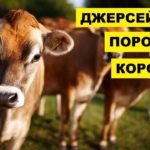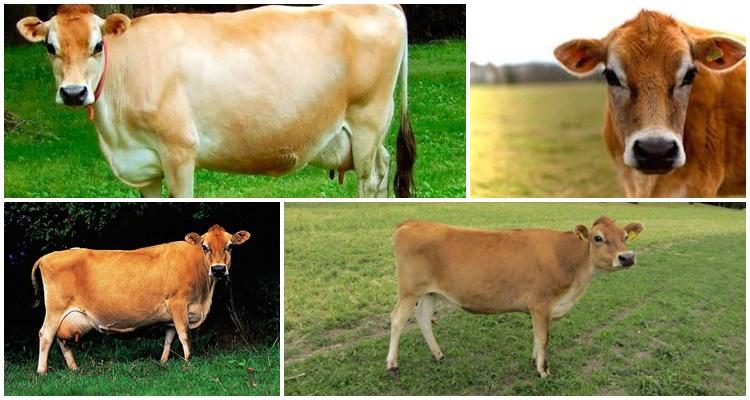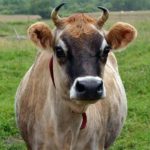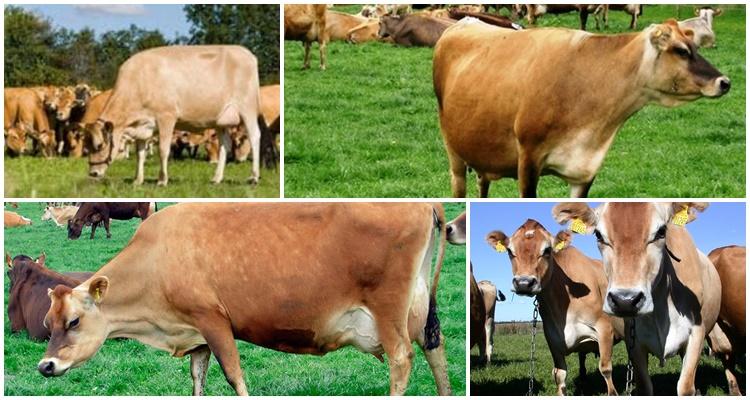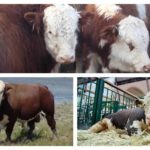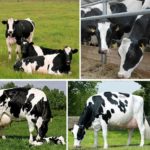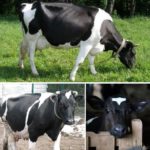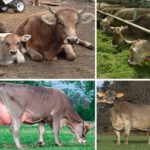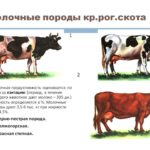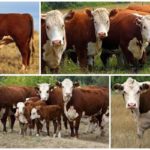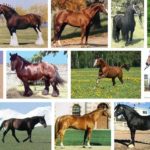The Jersey cow can be considered one of the best, as it combines high milk productivity and unpretentiousness. Moreover, all its advantages were appreciated relatively recently, and only recently have Russian breeders actively started breeding it. Unfortunately, this breed cannot be called a meat breed. The fact is that all nutrients are used to produce milk with high fat content.
The history of the Jersey cow breed
It is now almost impossible to establish from which varieties the Jersey breed originated and when exactly this happened. However, the original habitat of cows is probably known - the island of Jersey. This territory is part of Great Britain and is located in the English Channel. The local population was engaged in breeding animals. The cows were selected according to milk fat content: the higher, the better.
Scientists suggest that the ancestors of the Jersey breed are certain types of Norman cows mixed with other breeds. The breeders managed to achieve unprecedented results, and therefore a law was passed that prohibited the import of any livestock to the island. Thanks to this, crossbreeding with representatives of other breeds, which would lead to a decrease in the quality of milk, was excluded.
Appearance and characteristics
The main features of the breed are:
- Compact build. At the withers, animals reach about 1.3 meters.
- The weight of a cow is approximately 400 kilograms, and the body weight of a bull reaches 700 kilograms. Calves weigh 20-23 kilograms at birth. The muscles are poorly developed.
- The Jersey breed has a red color. There are also cows with a brown color combined with dark spots.
- The limbs are straight and long.
- The back has an arched curve.
- There are skin folds on the thin and long neck.
- The head is small, the forehead is narrow, the horns are very small or completely absent.
- The sternum is narrow, shallow.
- The tail is long.
- The back of the body is raised.
- Developed udder.
As for productivity, the daily volume of milk produced is about 32 liters. In a year, a cow produces up to 4 thousand kilograms of product (maximum – 11 thousand).
Milk has a high fat content - from 5 to 8 percent. In addition, it has a pleasant smell and excellent taste. Thanks to these properties, the Jersey cow began to be called “little dairy.”
Pros and cons of the breed
Like any other variety of cattle, this breed has a number of advantages and disadvantages.
Rules of maintenance and care
In summer, cows are allowed to pasture all day long. In winter, animals are kept in a regular stable. The standard requirements for the premises are:
- Fresh air through good ventilation.
- No drafts.
- Systematic cleaning of premises.
- Sufficient lighting (both natural and artificial).
- Availability of a heating system.
- Lack of noise and fuss nearby.
- Regular examination by a veterinarian and vaccination.
What to feed the animals
In winter, animals are fed hay in the amount of 16 kilograms per head per day, and mixed feed, root vegetables, straw and concentrates are used as a supplement. Since Jerseys have a compact build and are not gluttonous, they do not require large amounts of food.
It is desirable that the feed contains more protein. This helps to increase milk productivity. It is also recommended to spread salt in the barn to compensate for the lack of trace elements in the animals’ bodies.
Subtleties of breeding
Cows reach puberty at two years of age. Calving occurs independently and without complications, that is, human participation is not required. Calves are born weak and therefore require special care:
- Immediately after birth, the baby is wiped and applied to the udder (within the first hour).
- The young feed only on milk during the first weeks.
- Upon reaching the age of one month, complementary foods (vegetables) are introduced into the diet.
- At two months the calves can be released to pasture. From this moment on, the daily fluid intake should not exceed three liters.
During the first twenty days after birth, the heifer is kept on mixed feed. A cow should drink boiled and cooled water no more than 2-3 times a day in small quantities.
Diseases and their treatment
The breed is resistant to pathologies, provided that the owner follows all the rules of care. If this does not happen, and also if foci of infection occur in the area where the animals are kept, cows may become ill with leukemia, leptospirosis, and actiminosis. Also, lack of hygiene leads to the development of helminthiasis.
What to look for when choosing a cow
To make sure that the animal is healthy, you need to pay attention to the condition:
- udder;
- teeth;
- hooves;
- skin;
- horns;
- joints.
The following sign indicates high productivity: the udder after milking is significantly reduced. The body weight of a dairy cow must be at least 300 kilograms. The most important sign of a high fat content of a product is the presence of wax in the ears.
Among the folk signs that indicate the good condition of the animal:
- a long tail;
- large space between ribs;
- massive chest.
Prospects
Jerseys are profitable to breed as a dairy breed. The meat sector is excluded, since the amount of product obtained at the output is significantly less than the costs invested in this process. Therefore, it is worth fully concentrating on the milk production of Jersey cows.
In Russia the breed is suitable for breeding. The Jerseyans do not produce much milk, but the quality of the product makes up for the deficiency. However, if you plan to receive large volumes of cheap milk, you should choose a different breed. Jersey cows are deservedly considered one of the best dairy breeds in the world. For breeding to be effective, it is important to take into account a number of features and nuances that relate to this breed.

